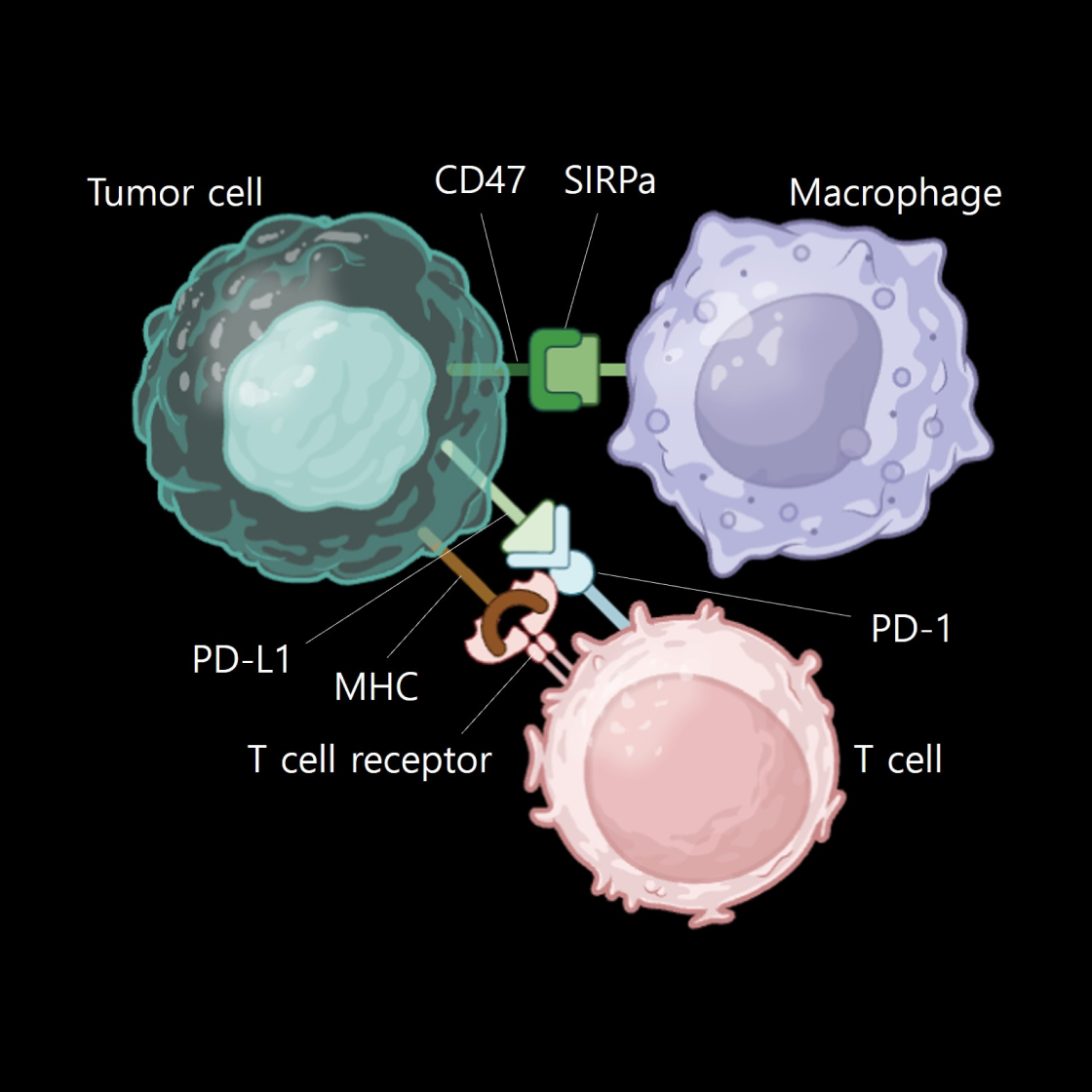By utilizing patient-derived tumor organoids and T cells, macrophages, this is a new evaluation solution with mechanisms involving two or more immune cells.
Generally, M1 macrophages are known to be associated with tumor growth suppression and M2 macrophages are known to be associated with tumor growth promotion.
To perform different functions, they have different immune markers, metabolic characteristics and gene profiles.
In vivo, proper balance of differentiation into M1 and M2 macrophages is required to elicit an immune response against tumors.
For the development of a new drug evaluation solution, we conducted efficacy evaluations of drugs and antibodies on co-cultures of M1 macrophages, M2 macrophages and tumor organoids.
After conducting the efficacy evaluation, growth rates and mortality were measured to establish optimal co-culture conditions






